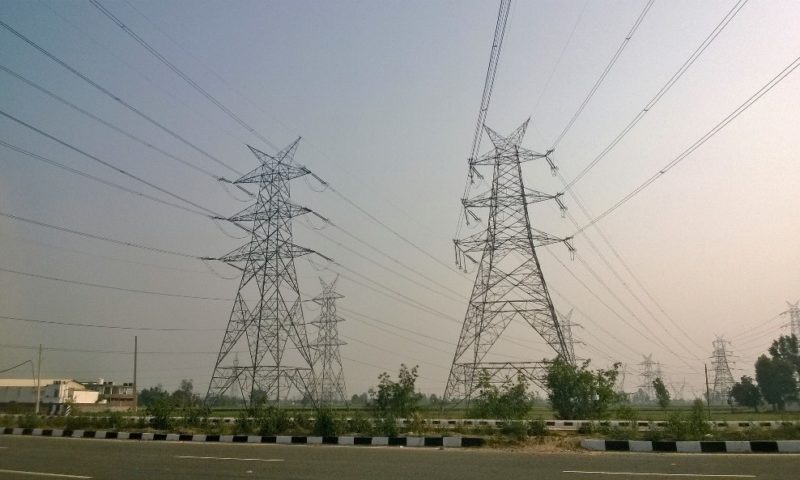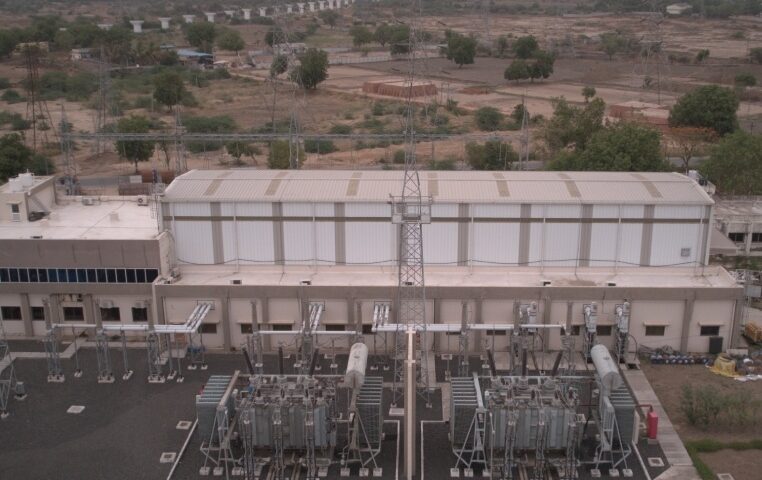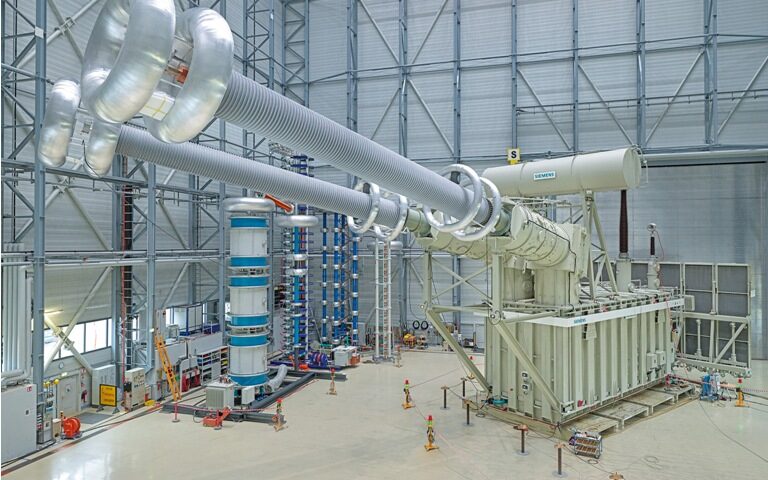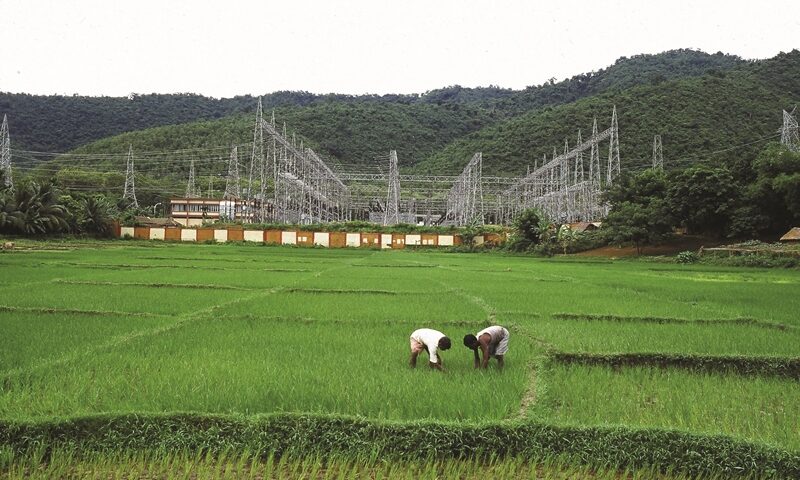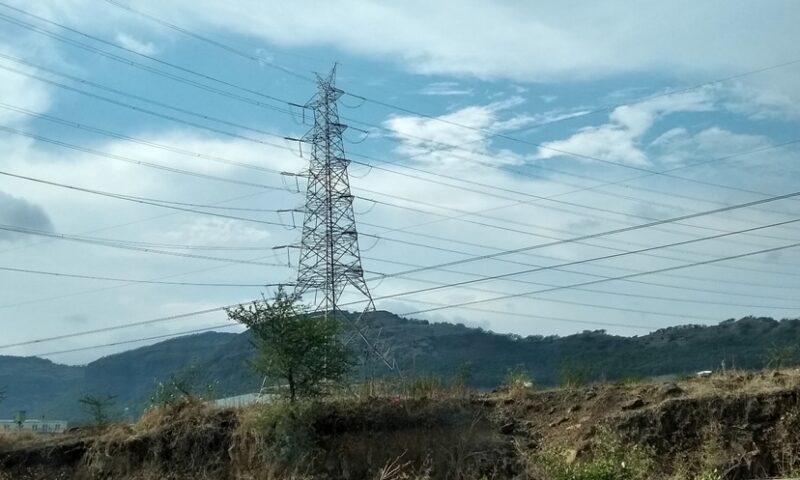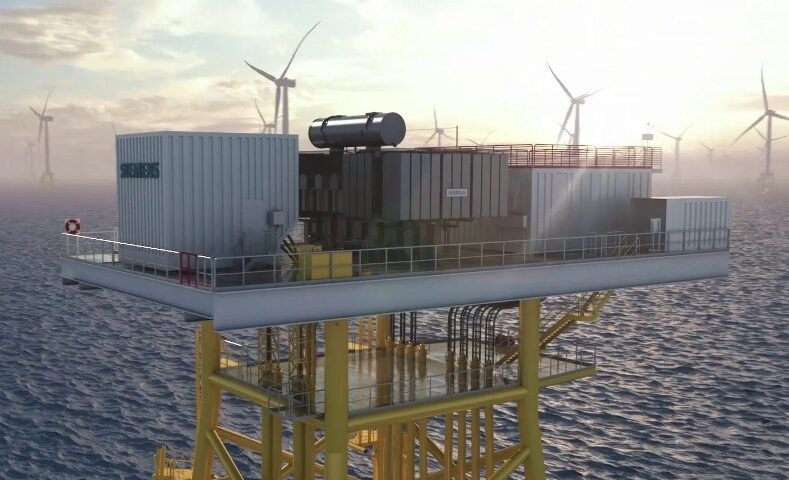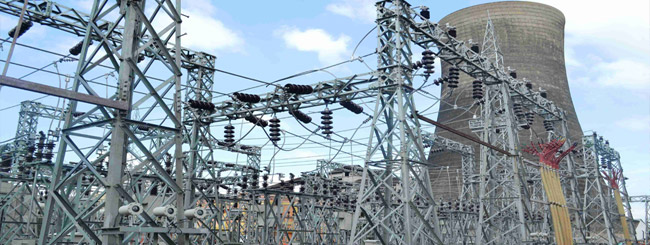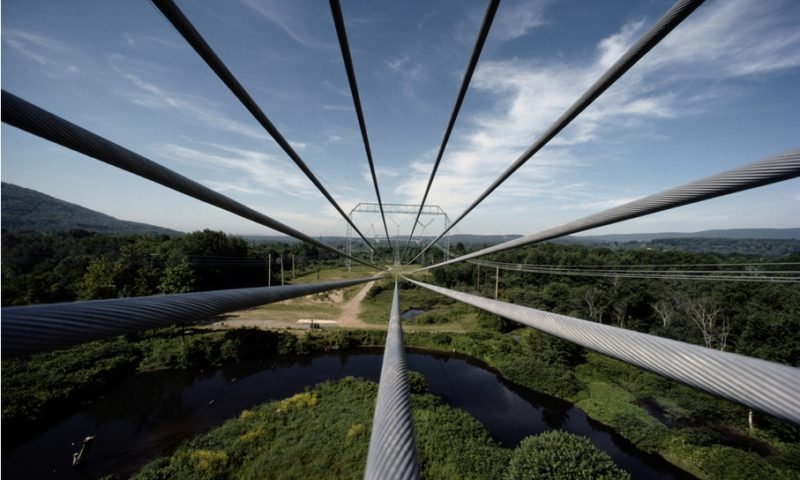Enhancing private sector participation in intrastate grids
It is estimated that between now and FY32, around Rs.9 trillion worth of investment will be required in the power transmission sector. Of this little of 30 per cent will be directed to the intrastate grid.
While the Central and state governments are investing heavily in infrastructure development, including power transmission, there are other pressing social and economic needs where investment would need to be prioritized.
When it comes to the intrastate grids, private sector participation has been quite limited. Barring a few states like Uttar Pradesh and Madhya Pradesh, to name just a few, the tariff-based competitive bidding (TBCB) philosophy, which could be a potential channel for private investment, has largely remained untapped.
At a recent workshop on monetization of transmission assets, organized by Central Electricity Authority (CEA), the issue of private sector participation in state grids was discussed in detail.
Among the options suggested was monetization of brownfield transmission assets. This effectively and simply means to engage the private sector in operational power transmission assets. This philosophy has been adopted quite successfully in national highways under what is called as the TOT (toll, operate and transfer) model, as well as in non-metro airports. This experience could help adoption of similar models in the intrastate power transmission sector.
On the global front, experience from New South Wales in Australia, Philippines, Oman and other markets indicated the willingness of countries to hand over the entire grid operations to the private sector. India could learn from the experience of these countries as well.
One approach suggested at the workshop was to monetize specific assets or bundle of assets within the publicly-operated larger grid would be prudent, in the Indian context. It was also felt that acceptability of monetization would improve if it is preceded by a well-defined asset recycling programme.
One rather contentious feature of operational intrastate assets is that they have been largely developed by state transmission utilities under the regulated tariff mechanism (RTM) mode. Here, tariffs are determined periodically by regulators. On the other hand, under the tariff-based competitive bidding (TBCB) mode, the tariff is pre-determined for the entire concession period. Hence, if RTM assets are to be monetized, it would be of paramount importance to have a pre-agreed regulatory approach for tariff setting.
It is hoped that state governments use the guiding principles contained the Union power ministry’s “Monetization of Transmission Assets through Acquire, Operate, Maintain & Transfer (AOMT)-based public-private partnership (PPP) model” and progress to fine-tuning the framework to suit their individual conditions and requirements.
In summary, monetization of state transmission assets is a philosophy worth pursuing in the larger socio-economic interest and well-being; state governments must work towards this.
The author, Venugopal Pillai, is Editor, T&D India, and may be reached on venugopal.pillai@tndindia.com. Views are personal.

